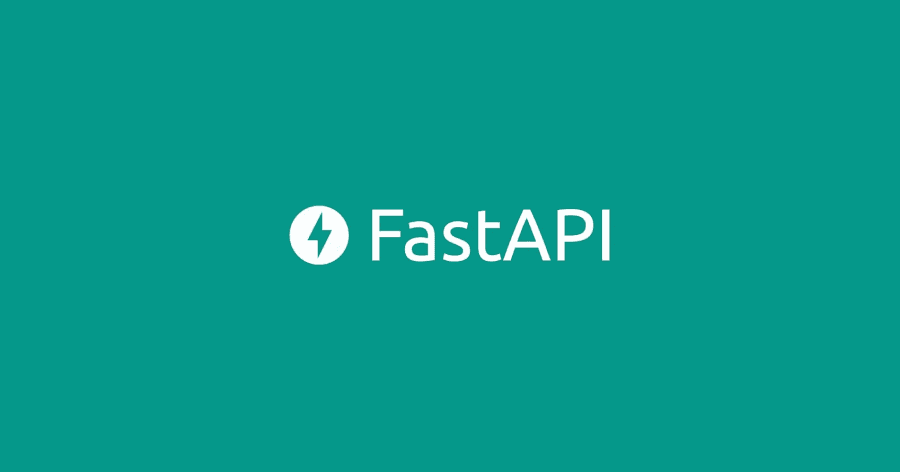FastAPI lifespan asynccontextmanager 직접 구현하기 (feat.__aenter__, __aexit__)

목차
lifespan
FastAPI에서 startup 이벤트와 shutdown를 구현하는 방법으로 lifespan을 사용하는 방법이 있습니다. 이전에도 포스팅했었는데요. from contextlib import asynccontextmanager 을 사용하도록 공식문서에서 설명합니다. 그 말은 우리 객체가 asynccontextmanager를 지원한다면 클래스로 구현해도 된다는 이야기입니다. 그래서 이번 포스팅에서 좀 더 객체지향적이고 사용성 좋은 방법으로 구현해보았습니다.
__aenter__, __aexit__
이 2가지 매직매소드를 사용하면 객체가 asynccontextmanager 를 지원하게 됩니다. async with 구문에서 사용할 수 있게 되죠
class Lifespan:
async def __aenter__(self):
"""Startup Event 실행"""
...
async def __aexit__(self, exc_type, exc, tb):
""""Shutdown Event 실행"""
...
간단한 방법입니다. Python은 편리함은 너무 달콤합니다.
lifespan 구현하기
구현하는 내용은 다음과 같습니다
- startup 이벤트 실행 구현
- shutdown 이벤트 실행 구현
- states 구현
다음과 같이 구현했습니다.
import asyncio
from typing import Callable
class EventExecutor:
def __init__(self):
self.events = []
def add_event(self, event: Callable, *args, **kwargs):
self.events.append((event, args, kwargs))
async def run(self):
for event, args, kwargs in self.events:
if asyncio.iscoroutinefunction(event):
await event(*args, **kwargs)
else:
event(*args, **kwargs)
class Lifespan:
def __init__(self, timeout = None):
self.startup_events = EventExecutor()
self.shutdown_runner = EventExecutor()
self.timeout = timeout
self.__states = None
def add_startup(self, event, *args, **kwargs):
self.startup_events.add_event(event, *args, **kwargs)
def add_shutdown(self, event, *args, **kwargs):
self.shutdown_runner.add_event(event, *args, **kwargs)
@property
def states(self):
if self.__states is not None and not isinstance(self.__states, dict):
raise ValueError("States must be a dictionary or None")
return self.__states
@states.setter
def states(self, value):
if isinstance(value, Callable):
self.__states = value()
else:
self.__states = value
async def __aenter__(self):
if self.timeout:
async with asyncio.timeout(self.timeout):
await self.startup_events.run()
else:
await self.startup_events.run()
return self
async def __aexit__(self, exc_type, exc, tb):
if self.timeout:
async with asyncio.timeout(self.timeout):
await self.shutdown_runner.run()
else:
await self.shutdown_runner.run()
return None
async def lifespan(self, app):
await self.__aenter__()
try:
yield self.states
finally:
await self.__aexit__(None, None, None)
# main.py
async def async_hello(name):
print(f"Hello async world, {name}")
def get_states():
return {
"state_1": "state_1",
"state_2": "state_2"
}
lifespan = Lifespan()
lifespan.add_startup(print, "Hello world")
lifespan.add_startup(async_hello, name="mingke")
lifespan.add_shutdown(print, "Goodbye world")
lifespan.states = get_states
app = FastAPI(lifespan = lifespan.lifespan)
@app.get("/")
async def read_root(request: Request):
print(request.state.__dict__)
return {"Hello": "World"}
-
startup과 shoutdown이벤트는 여러 개 있을 수 있습니다.
EventExecutor를 만들어서 여러 이벤트들을 관리해주고Lifespan으로 주입해줍니다. -
__aenter__에서 startup 이벤트를 실행합니다. -
__aexit__에서 shutdown이벤트를 실행합니다. -
states는 yield되는 부분인데Request.state에 저장이 되느 부분입니다. 반드시dict를 넣어야 합니다. -
lifespan메소드를 만듭니다. app 객체를 받아야하는데 FastAPI 객체가 됩니다. 하지만 lifespan은starlette기능이죠. 실행 시킬때 어떤 로직으로 돌아가는지 아래 링크에서 확인해보세요. 723라인에lifespan있습니다.Loading... -
timeout은lifespan이 실행되거나 종료되는데 제한시간을 주는 것입니다. 무한 대기를 방지하고 안정성을 향상 시킬 수 있습니다.lifespan은 앱이 구동하기 전에 먼저 실행되죠. -
실행 결과
INFO: Waiting for application startup.
Hello world
Hello async world, mingke
INFO: Application startup complete.
{'_state': {'state_1': 'state_1', 'state_2': 'state_2'}}
INFO: 127.0.0.1:53652 - "GET / HTTP/1.1" 200 OK
^CINFO: Shutting down
INFO: Waiting for application shutdown.
Goodbye world
INFO: Application shutdown complete.
INFO: Finished server process [31552]
INFO: Stopping reloader process [28491]마무리
Lifespan을 클래스로 구현해보았습니다. 굳이 그렇게 해야하냐고 물어보면, 그건 아니고 그냥 저의 취향대로 코딩한 것이니 그냥 이런 놈도 있군 하시면 될 듯 합니다.